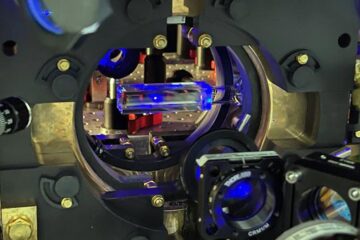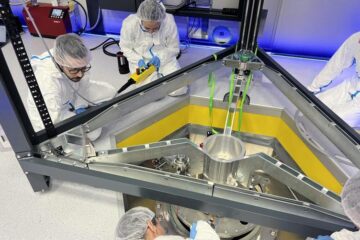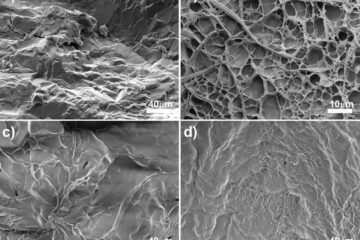Latest News

Expanding the genetic code: the world’s first truly unnatural organism
Expanding the genetic code: the world’s first truly unnatural organism
From time immemorial, every living thing has shared the same basic set of building blocks – 20 amino acids from which all proteins are made.
That is, until now: A group of scientists say they have, for the first time, created an organism that can produce a 21st amino acid and incorporate it into proteins completely on its own. The research should help probe some of the central questions of evolutionary theory.

New Parkinson’s drug found effective
A study conducted on 404 patients at several U.S. sites has determined that a new drug called Rasagiline effectively treats early-stage Parkinson’s disease. The study was reported in the December Archives of Neurology.
“These findings are especially important since hopes for treating Parkinson’s with fetal cells were recently dashed,” said Technion-Israel Institute of Technology Professor Moussa Youdim, who developed Rasagiline with Prof. John Finberg of the Department of Ph

Human heart tissue generated from embryonic stem cells
Human heart tissue has for the first time been created in the laboratory.
Generated from embryonic stem cells at the Technion-Israel Institute of Technology, the tissue could be used for testing and creating new drugs, for genetic studies, for tissue engineering and for studying the effects of various stresses on the heart.
“Everyone imagines the possibilities of embryonic stem cells in repairing broken hearts, but stem cell technology offers even more — and it offers it muc

Scientists identify brain regions where nicotine affects attention, other cognitive skills
Nicotine administration in humans is known to sharpen attention and to slightly enhance memory. Now scientists, using functional magnetic resonance imaging (MRI), have identified those areas of the brain where nicotine exerts its effects on cognitive skills.
Their findings suggest that nicotine improves attention in smokers by enhancing activation in the posterior cortical and subcortical regions of the brain–areas traditionally associated with visual attention, arousal, and motor a

UT Southwestern researchers develop new model for understanding obesity, diabetes
Through the study of fat storage in nematode worms, researchers at UT Southwestern Medical Center at Dallas have formulated a new model for understanding the mechanisms of obesity and diabetes in humans.
Their work appears in today’s issue of Developmental Cell.
“Obesity and its associated diseases are now among the most important medical conditions in the world,” said Dr. Jonathan M. Graff, senior author of the study and associate professor in the Center for Developmen

Purification of purines through electroflotation
ADE Biotec and the INASMET Foundation, both from the Basque Country, after three years of working together, have developed a new purification technique for purines. The technique is based on electroflotation and could be very beneficial for agriculture as it has a high level (80%+) of purification and very low costs (1 euro/m3). Most of the development project has been carried out at a pilot plant on a Toledo pig farm.
Nowadays purines (excrements plus sewage water from farms) constitute one











